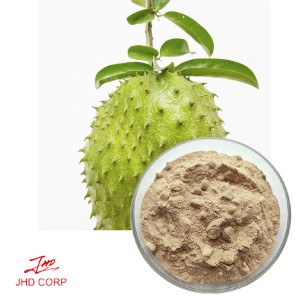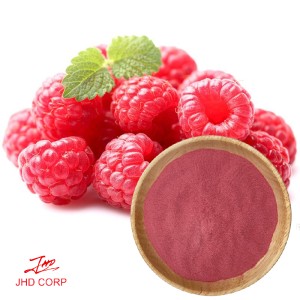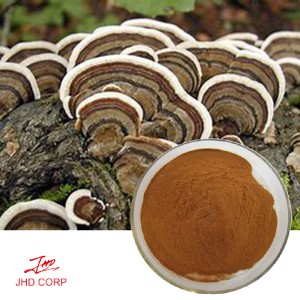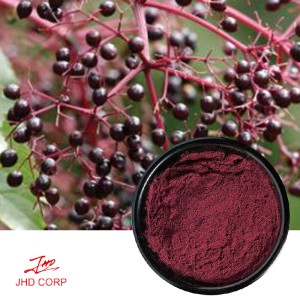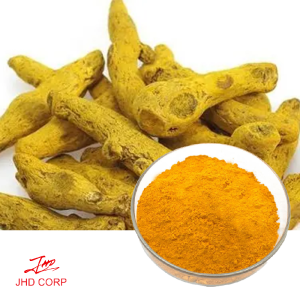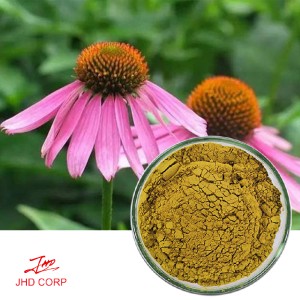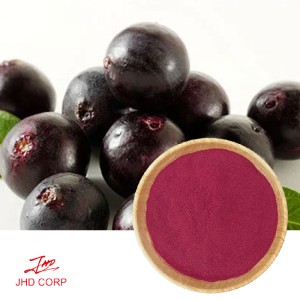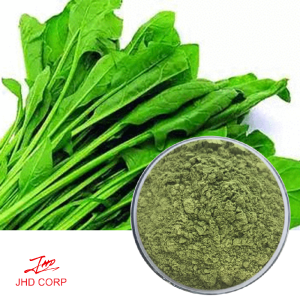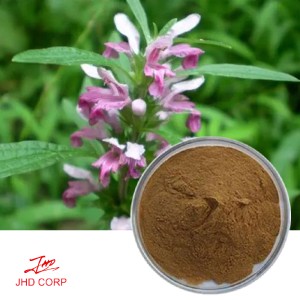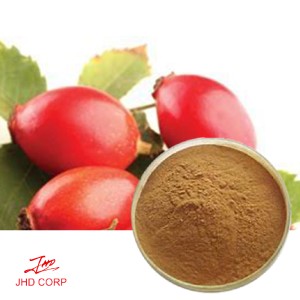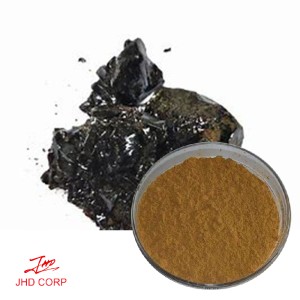How did stevia become the third sugar source in the world?
Stevioside, also known as stevia, is a sweet agent with high sweetness and low heat energy extracted from the leaves and stems of the Asteraceae herb Stevia. It is a natural product with no side effects on the human body and has a certain auxiliary therapeutic effect on obesity, diabetes, dental caries, etc.
Stevioside, also known as stevia, is a sweet agent with high sweetness and low heat energy extracted from the leaves and stems of the Asteraceae herb Stevia. It is a natural product with no side effects on the human body and has a certain auxiliary therapeutic effect on obesity, diabetes, dental caries, etc.
Stevia is the third natural sucrose substitute with development value and health praise after sugar cane and beet sugar, and is internationally known as "the third source of sugar in the world".
Stevia has become the third source of sugar in the world, and it is inseparable from its advantages:
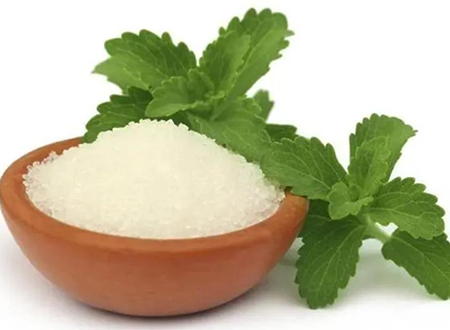
1. Hygroscopicity
Steviol glycosides with a purity of more than 80% are white crystals or powders with little hygroscopicity.
2. Solubility
Easily soluble in water and ethanol, when mixed with sucrose, fructose, glucose, maltose, etc., not only the taste of steviol glycosides is purer, but also the sweetness can be better.
3. Stability
Stevia does not change much when stored in an organic acid solution containing sucrose for half a year; it does not decompose in acid-base media, which can prevent fermentation, discoloration, and precipitation; it can reduce viscosity, inhibit bacterial growth, and prolong product shelf life.
4. Sweet
The sweetness of steviol glycosides is pure, but the sweetness is 150-300 times that of sucrose.



